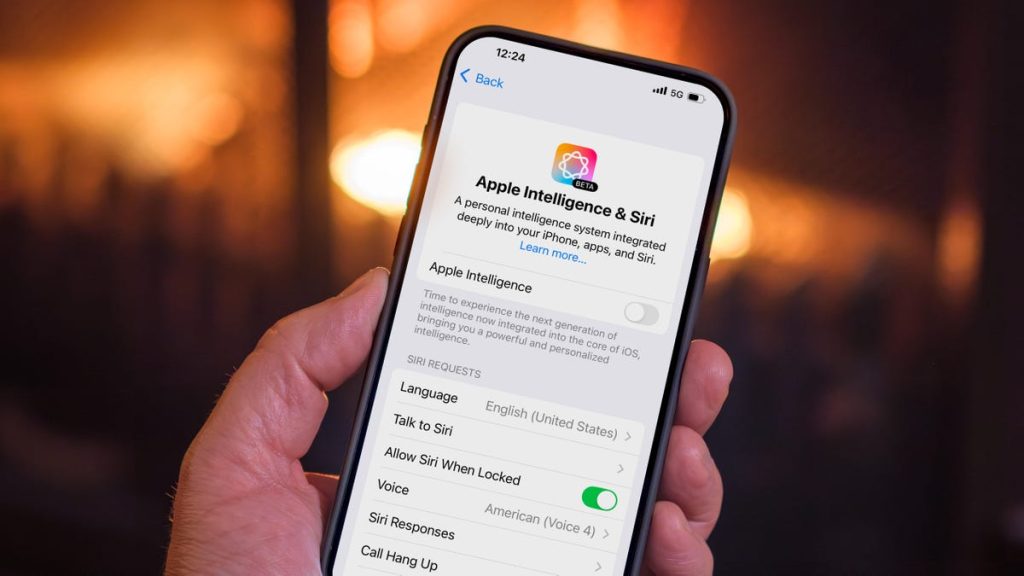Apple Intelligence, Apple’s suite of AI-powered features, has arrived on iPhones, iPads, and Macs, but its reception has been mixed. While Apple touts its capabilities, a significant portion of users remain unconvinced of its value. A SellCell survey revealed that 73% of Apple users believe AI adds little to no enhancement to their phone experience, and a CNET study found that a quarter of smartphone owners express no interest in AI features at all. This lukewarm response suggests that many users perceive Apple Intelligence as a work in progress rather than a must-have feature.
For those who prefer to abstain from Apple Intelligence, either entirely or selectively, disabling its features is a straightforward process. To completely deactivate Apple Intelligence, users can navigate to “Apple Intelligence & Siri” within the Settings app (or System Settings on Macs) and toggle off the “Apple Intelligence” option. This action disables a range of features, including proactive suggestions in various apps, automatic message summarization, and AI-powered writing tools. However, it’s worth noting that certain features, such as the Clean Up tool in Photos, may persist even after disabling Apple Intelligence, possibly due to pre-downloaded resources.
Alternatively, users can opt for a more granular approach by disabling individual Apple Intelligence features within their respective app settings. For instance, to deactivate message summarization, users can access the Messages settings and disable the “Summarize Messages” option. This allows users to retain other Apple Intelligence functionalities while selectively disabling those they find less useful or intrusive. It’s important to note that some features, like the AI-powered Writing Tools, are system-wide and cannot be disabled on a per-app basis. These require complete deactivation of Apple Intelligence.
The decision to disable Apple Intelligence, whether partially or fully, depends on individual user preferences and perceived utility. While some features, like notification summaries and photo organization tools, are generally well-received, others may be perceived as superfluous or even annoying. Furthermore, the evolving nature of Apple Intelligence means that some features are still under development and may not function seamlessly. Users who prefer a more refined and stable experience may choose to wait until the technology matures further.
Apple’s aggressive marketing campaign for Apple Intelligence, juxtaposed with the user skepticism highlighted in recent surveys, underscores a disconnect between Apple’s vision and consumer perception. While Apple portrays these AI features as revolutionary, many users remain unconvinced of their practical value. This disparity suggests a need for Apple to further refine and demonstrate the tangible benefits of Apple Intelligence to gain wider user adoption.
The availability of Apple Intelligence is currently limited to newer devices, specifically the iPhone 15 Pro, iPhone 16, iPhone 16 Pro, M-series Macs and iPads, and the latest iPad mini. Users who have updated to iOS 18.2 or later may need to join a queue to access these features, further emphasizing their experimental nature. As Apple continues to develop and refine Apple Intelligence, user feedback will be crucial in shaping its future iterations and ensuring its relevance to the everyday user experience.

